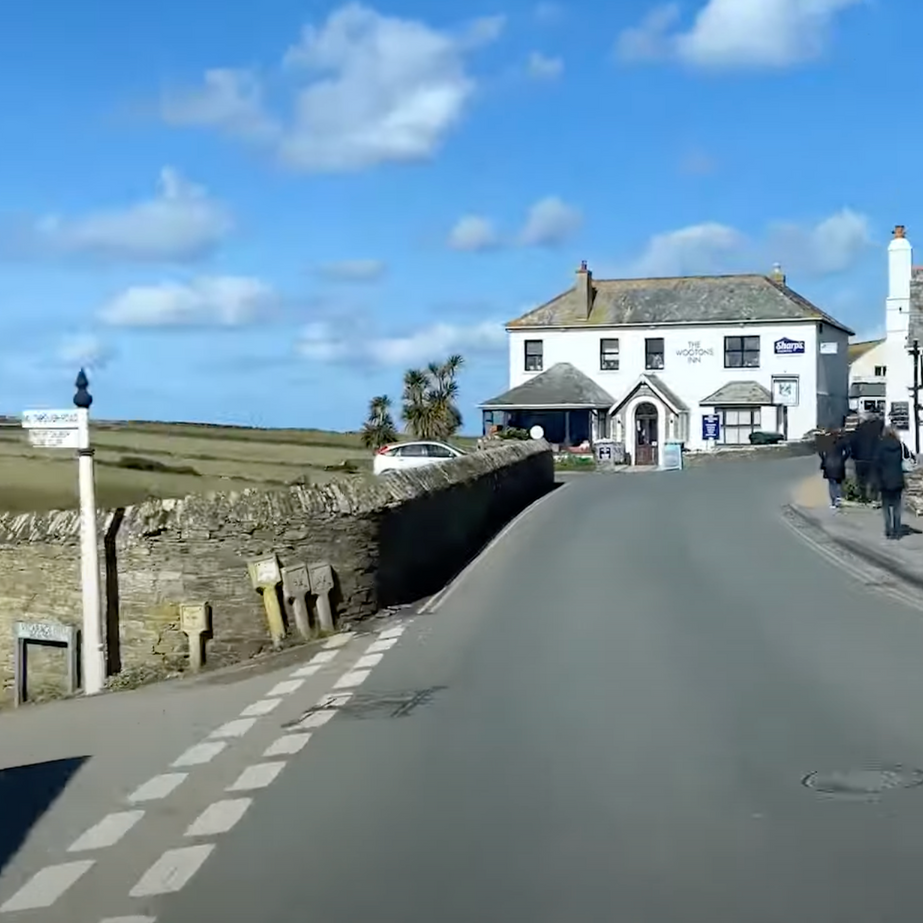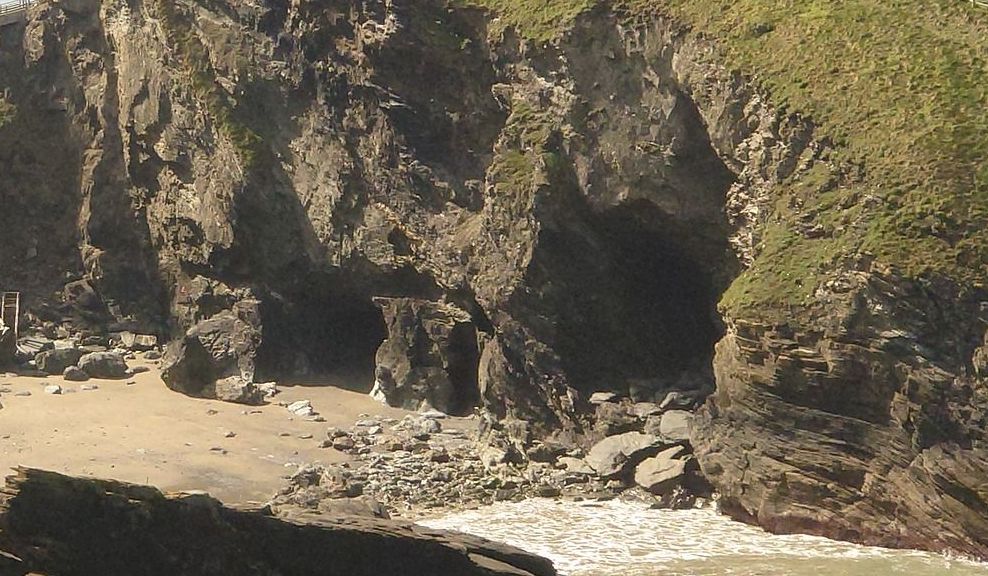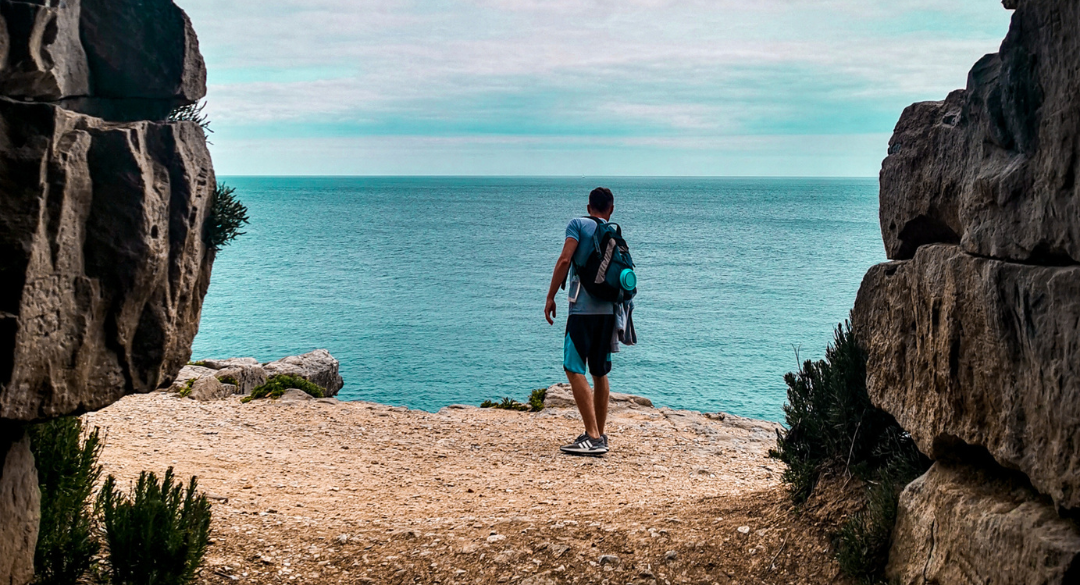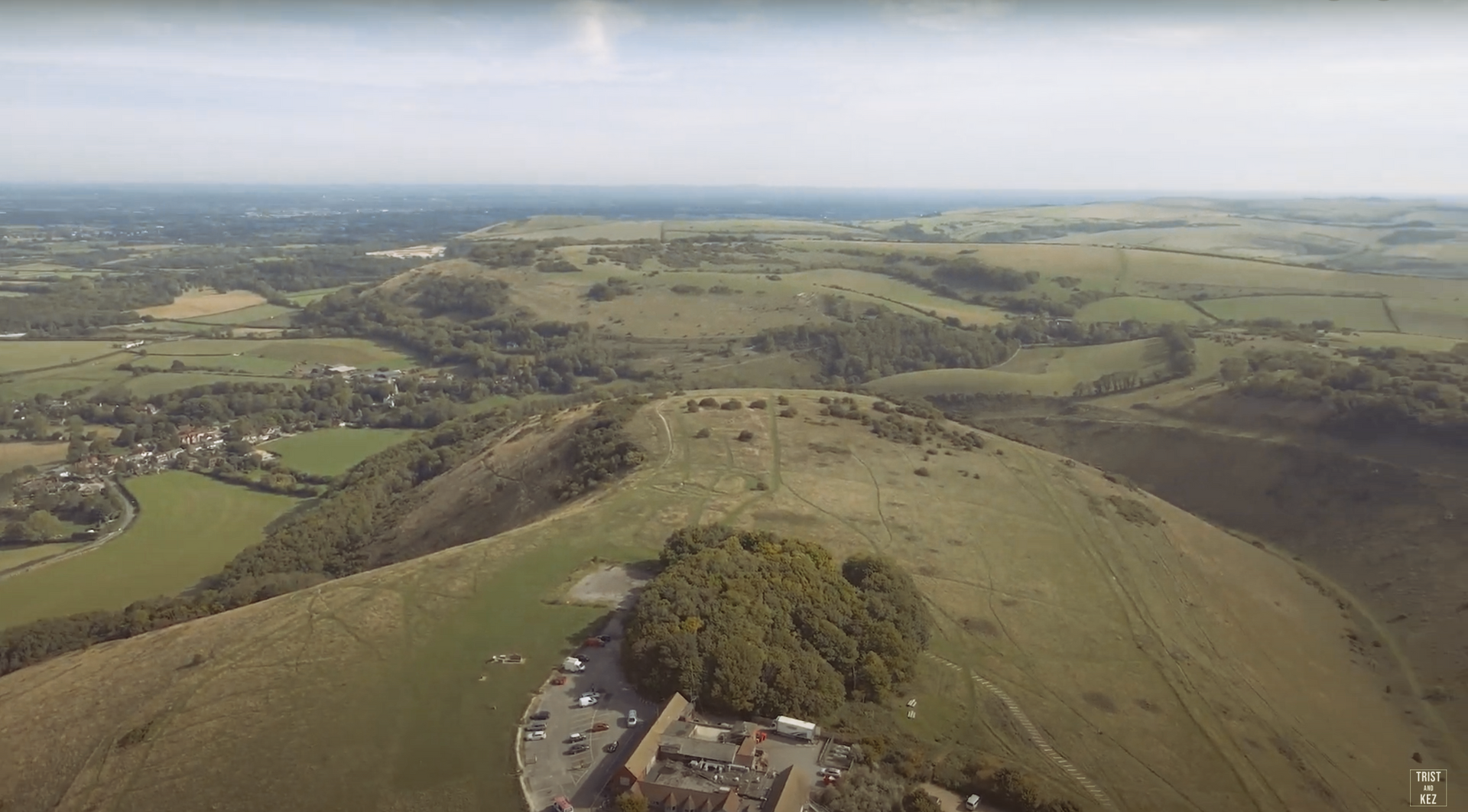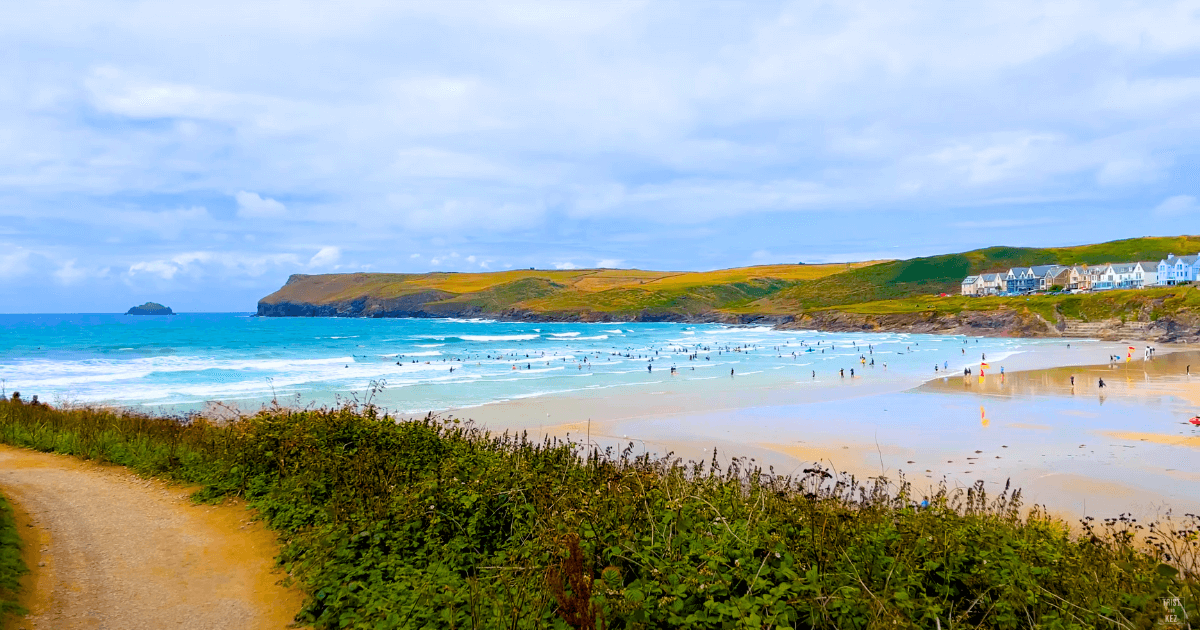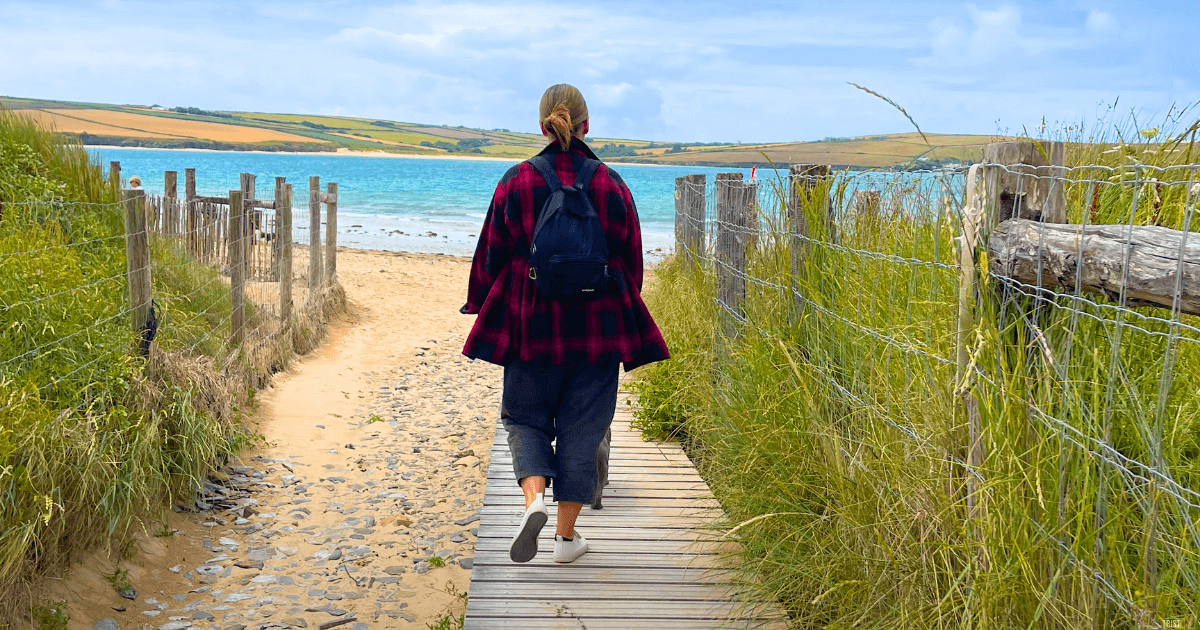New Forest, Hampshire, England
A Complete Guide
The New Forest has become one of our new favourite places to Van Life in the UK. We only started to explore here in 2023. That was 5 years into us doing Van Life. Why did we wait so long you might ask? That’s a great question. We’d seen everywhere you can’t wild park and overnight park in any of the New Forest Car Parks. Therefore we kind of just skipped the area. That was a big mistake on our behalf. Yes you can’t overnight wild park in the car parks but that doesn’t mean it’s impossible. We found that the New Forest has a lot of places you can stay overnight and it won’t break the bank doing so. Let’s jump into the guide and tell you about the New Forest National Park and what it has to offer. Which is a lot.
Table of Contents
- Discovering the New Forest
- A Brief History of the New Forest
- Nature and Conservation: A Unique Landscape
- Precious Landscapes
- Navigating the New Forest by Van: Practical Tips
- Must-See Attractions in the New Forest
- Walking and Cycling Trails
- Ancient Trees and Historic Monuments
- Wildlife Watching
- Plantlife
- Livestock and Commoning
- Pannage Pig Season
- Local Cuisine and Pubs
- Events and Activities
- New Forest Beaches
- Embrace the Slow Life
Discovering the New Forest: A Van Lifer’s Guide to Exploring Hampshire’s Hidden Gem
The open road calls and there’s no better place to explore than the New Forest in Hampshire. Whether you're a seasoned traveller or new to exploring this stunning area, the New Forest offers an idyllic escape into nature’s embrace. From its ancient woodlands to its charming villages, the New Forest is a haven of tranquillity and adventure, especially for those who, like me, live life on four wheels. This guide will delve deep into what makes the New Forest a must-visit destination, ensuring your visit is nothing short of extraordinary.
We love being in peace and quiet and immersing ourselves in nature. We’ve found it really doesn’t take long to find yourself completely surrounded by nature and in a lot of cases be completely alone to do so.
A Brief History of the New Forest
The New Forest is anything but “new.” Established over a thousand years ago by William the Conqueror as a royal hunting ground, this area is steeped in history. The ancient oaks and towering pines whisper tales of kings and knights, while the heathlands and meadows have witnessed centuries of change. Today, it’s a protected National Park, preserving its unique landscapes and rich biodiversity for future generations.
Nature and Conservation: A Unique Landscape
The New Forest is one of Europe’s most important locations for nature and conservation. Its unique mix of landscapes—including ancient woodlands, wetlands, bogs, and open heathlands—provides a home for many rare species of plants and wildlife long since lost from the UK and Europe. The significance of the New Forest is reflected in its highest possible conservation status, being legally protected as a Special Site of Scientific Interest (SSSI), a Special Protection Area (SPA) for Birds, a Special Area of Conservation (SAC), and a Ramsar site (Wetland of International Importance). These protections ensure that all organisations managing the Forest have crucial conservation obligations, with strict legal limits on activities and events.
Precious Landscapes
The New Forest is home to more than 1,000 ponds and over a dozen rivers, streams, and tributaries flowing towards the Solent, Southampton Water, and the River Avon. Its extensive network of wetlands and bogs, known as mires, are some of the last in Europe, with 75% of such areas in North West Europe located here. These boggy areas store water, providing essential habitats for plants and animals and playing a vital role in addressing climate change by storing carbon and preventing downstream flooding.
Navigating the New Forest by Van: Practical Tips
For a van lifer, the New Forest is both a paradise and a puzzle. We’ve spent a huge amount of time here and we feel like we have only scratched the surface of what it has to offer and explore. While the freedom to roam is a huge draw, navigating the narrow lanes and finding suitable overnight spots requires a bit of forethought.
Where to Park and Sleep in New Forest:
Car Parks in the New Forest
There are over 100 free car parks in the New Forest to choose from. Yep we said it FREE. Which in itself seems incredible in this day and age. As not a lot of things are free anymore. So don’t worry if you pull up to a car park and it’s full, there’s most likely one just around the corner that you will be able to park in. Some car parks are massive whereas some are smaller. All with different walks and view points to explore.
Some car parks even have public toilets and bins. These are rare but they are available if you look.
Some of our favourite car parks to hang out in during the day are Blackwater Arboretum and Wilverley Plain Car Park. Both are shaded in areas, which is perfect on a super hot sunny day. They both provide picnic areas, toilet and bin facilities and some stunning walks. Remember you can’t be in any of the car parks after dusk!
New Forest Campsites
Where can you overnight park and stay in the New Forest? We get asked this question a lot and something we had no idea about until 2023.
The New Forest boasts several campsites perfect for van lifers. There are 11 campsites that give you the wild camping feel all run by Camping New Forest.
Camping in the New Forest has been chosen to run Forestry England’s 11 New Forest campsites. These are Aldridge Hill, Ashurst, Denny Wood, Hollands Wood, Holmsley, Long Meadow, Longbeech, Matley Wood, Ocknell, Roundhill and Setthorns.
All of these sites off different locations, facilities and costs. Starting from as little as just over £10 a night. They give you that wild camping feel that we’ve only experienced in some of the far reaches of Wales and Scotland. These campsites fully immerse you in nature but you’re really not far from civilisation. It’s the best of both worlds and truly a unique experience to boot.
Sites like Hollands Wood and Ashurst Campsite are nestled within the forest, offering easy access to nature trails and facilities like showers and electricity. Check out our guide to Camping in the New Forest for more information https://www.tristandkez.com/camping-in-the-new-forest.
Wild Camping in New Forest
Wild camping is not permitted in the New Forest, nor is overnight stays or parking in their car parks. So please check out one of the campsites for an incredible experience.
Don’t worry though if campsites aren’t you thing there are plenty of other ways to stay overnight here. Check out apps like Park4Night to check out where you can legally overnight in specific car parks. Like in Burley where you can pay £15 to stay in an open field where Zed the owner comes around on his penny farthing to collect the money. He lets the deer roam around at night and you can have them surround your van.
Then there are memberships like BritStops which have a few locations at pubs and other venues which you can stay at overnight as part of your membership.
Driving around the New Forest and Navigating the Roads:
Just driving around the New Forest is a spectacle in itself. The New Forest’s roads can be narrow and winding. Drive cautiously, especially in areas where animals roam freely. Ponies, deer, and cattle are common sights and often meander onto the road without warning. We’ve even seen them stop traffic whilst they just stand in the road. It’s a very unique experience that we have not seen anywhere else on our travels. If nothing else it’s worth visiting just for this reason. During September and Pannage season you even Pigs out and about.
Use a reliable map or GPS, but be prepared for areas with spotty signal. Some places in the New Forest have 5G signal and others have none. We’ve been camped up and had to go and walk to find a signal to upload our YouTube videos, it’s all part of the fun. So keep this in mind if you need a permanent signal.
Must-See Attractions in the New Forest
The New Forest is brimming with sights. As we say we feel like we have only scratched the surface of what’s here to explore. Here are a few places you can add to your itinerary.
Lyndhurst: The Forest’s Capital
Often called the "Capital of the New Forest," Lyndhurst is a vibrant village full of history. Visit the New Forest Heritage Centre to learn about the forest’s history, or take a leisurely stroll through the quaint streets lined with tea rooms and independent shops. There’s also a camping store there which sells quite a few things you might need in the Campervan including Calor Gas.
Beaulieu: Home to History and Automobiles
Beaulieu is synonymous with the Beaulieu National Motor Museum, a treasure trove of automotive history. But there’s more than just cars here. The village itself is picturesque, with the serene Beaulieu River offering opportunities for kayaking and canoeing.
Brockenhurst: A Gateway to Nature
Known for its free-roaming animals, Brockenhurst is a perfect base for exploring the forest. Hire a bike and ride along the Ornamental Drive, a scenic route flanked by towering redwoods and rhododendrons. There’s an award-winning bakery (must visit), a butchers, grocers, pubs and restaurants. You can also hire bikes here and there’s a train station if you need to get there by train.
Bolderwood Deer Sanctuary
For wildlife enthusiasts, the Bolderwood Deer Sanctuary offers a chance to observe these graceful creatures up close. The viewing platform overlooks a meadow where deer often graze, making it an excellent spot for photography.
Blackwater Arboretum
This place is great for all ages. You can go and spot the tall trees on one of the many trails and walks here. It’s got a great car park if you need somewhere to park and hang out during the day. Along with picnic benches and public toilets.
Bucklers Hard
This is a great little place to visit and was actually where they built boats for Nelson's fleet at Trafalgar.
Walking and Cycling Trails
The New Forest is a walker’s paradise, with over 258 walking trails and 140 miles of trails crisscrossing its varied landscapes. Whether you’re looking for a short stroll or a challenging hike, there’s something for everyone.
- The Tall Trees Trail: A gentle 1.5-mile walk through some of the tallest trees in the forest. Perfect for a peaceful afternoon.
- The Solent Way: Stretching 60 miles along the coast, this trail offers breathtaking views of the Solent and the Isle of Wight. Ideal for those who want to combine forest and coastal scenery.
- Cycling Routes: The New Forest is crisscrossed with cycle paths. Rent a bike in Lyndhurst or Brockenhurst and explore trails like the Burley Village Loop or the Hawkhill Inclosure.
Ancient Trees and Historic Monuments
The New Forest boasts some of the oldest trees in the country. With around 1,000 ancient trees recorded, it has one of the highest concentrations of ancient trees in Western Europe. Yews (Taxus baccata), some over 1,000 years old, and Oaks (Quercus robur), living up to 800 years, are testaments to the forest’s long history. Beech (Fagus sylvatica) trees also reach impressive ages of around 300 to 400 years.
The area is scattered with signs of its rich history, including 175 scheduled monuments. These include around 200 Bronze Age burial mounds and barrows, Iron Age Hill Forts, Roman Roads, and Medieval Hunting Lodges, plus airfields and operational bases from the Second World War. You can even stay on some of the airfield at Ocknell and Longbeech campsites.
Wildlife Watching
This is one of our favourite things to do here. You can see them up close and personal. Whether that’s driving, walking or even camping. The animals are free to roam literally everywhere. The New Forest’s mix of habitats makes it a haven for wildlife. Beyond the famous ponies, the forest is home to 5 types of deer, which include Fallow deer Fallow, Muntjac, Red deer, Roe deer and Sika deer. There are badgers, cows, Shetland ponies, donkeys and countless bird species. If you are here in September you may even see Pigs wandering around for Pannage. Early mornings and late evenings are the best times for wildlife spotting, as the forest is quieter, and the animals are more active.
New Forest Ponies: These iconic animals are the heart of the forest. You’ll see them everywhere—on the roads, in the villages, and grazing on the heathland. Remember, they are wild animals, so keep a respectful distance.
Birdwatching: The New Forest is a birdwatcher’s dream. From woodpeckers to rare species like the Dartford warbler, there’s plenty to see. Head to Blackwater Arboretum or Blashford Lakes Nature Reserve for prime birdwatching spots.
Deer: Since the time of William the Conqueror, deer have roamed the New Forest. Today, four species—Fallow deer, Roe deer, Sika deer, and Red deer—live here side by side. Occasionally, you might spot a Muntjac deer, an escapee from private estates. Red and Roe deer are native to Britain, with the Red being the UK’s largest mammal.
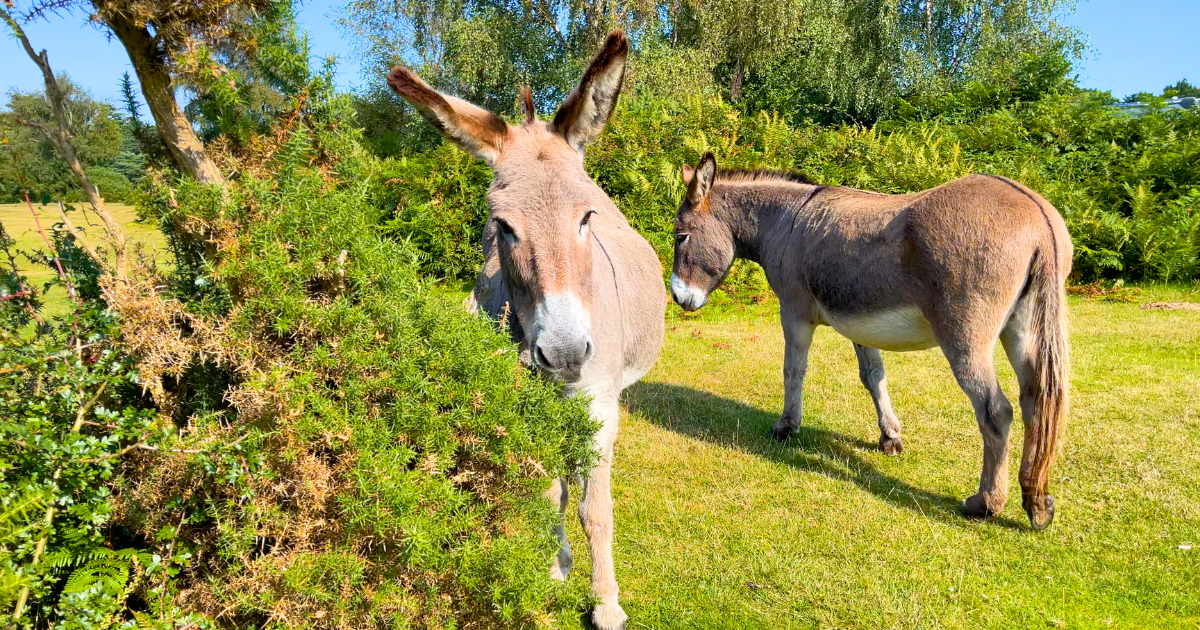
Plantlife
The New Forest landscape is home to many rare species of plants.
- Hampshire purslane: An extremely rare aquatic plant found only in the New Forest.
- Small fleabane: One of Britain’s most endangered plants, thriving in the New Forest’s grazed short grasslands.
- Coral necklace: With the widespread loss of heathlands across the UK, it is now only found in a few areas including the New Forest.
- Pillwort: A small creeping fern that is widespread in the New Forest, making it one of the most important populations in Europe.
- Marsh clubmoss: An endangered plant with a large part of its global population in the New Forest.
- Fungi: there are an estimated 2,700 species of fungi in the new forest, including many rare and endangered species.
Livestock and Commoning
The New Forest is famous for its ancient practice of commoning, where local people have the right to graze their livestock on the open forest. This includes the iconic New Forest Ponies, as well as donkeys, cows, pigs, and sheep. Each animal is marked with the owner’s brand or identification tags. The grazing practices of these animals are essential for maintaining the forest’s biodiversity, keeping the grass short and creating a ‘browse line’ that supports various plant and animal species.
Pannage Pig Season
Pannage is an ancient tradition in the New Forest, dating back to the time of William the Conqueror, where pigs are released into the forest during autumn to forage for acorns, beechmast, and chestnuts. This practice, known as the 'Common of Mast,' helps protect New Forest ponies and cattle, as acorns are toxic to them but safe for pigs. From September to November 2024, around 600 pigs will roam the forest, playing a vital role in maintaining the ecosystem. Visitors can spot these pigs while hiking but are advised to keep their distance and avoid feeding them to protect their safety and health.
Check out our blog on Pannage Pig Season in the New Forest.
Local Cuisine and Pubs
No visit to the New Forest is complete without indulging in its culinary delights. The area is dotted with traditional pubs and restaurants offering hearty meals made from locally sourced ingredients.
- The Pig, Brockenhurst: A renowned restaurant with a focus on garden-to-table dining. Their walled garden supplies much of the produce, ensuring fresh, seasonal dishes.
- The Snakecatcher, Brockenhurst: A cosy pub with a rich history and a great selection of local ales. Perfect for a pint after a day of exploring.
- The New Forest Cider, Burley: If you’re a cider enthusiast, a visit to this family-run cider farm is a must. Sample their traditional ciders and take a tour of the orchards.
- The Pig Brewery: This is a must for all lovers of beer
- Crow Farm Shop: This is by far one of our favourite farm shops in the New Forest. Not only do they sell local produce. They have freshly baked breads, butchers and even bakers. The bakers have in my opinion the best Pork Pies and Sausage Rolls we have ever tasted. If you think we are wrong then let us know.
Events and Activities
The New Forest hosts a variety of events throughout the year, from food festivals to guided nature walks. Check the local calendar to see what’s happening during your visit.
- New Forest Show: Held every July, this agricultural show is a celebration of the region’s rural life. Expect everything from livestock competitions to local crafts and food stalls.
- Guided Wildlife Walks: Many organisations offer guided walks, where experts will help you spot and identify the forest’s flora and fauna.
To check out more of what’s on in the New Forest check out https://www.thenewforest.co.uk/whats-on/ where they have everything listed.
New Forest Beaches
You might be thinking this is a typo but it’s not. Stretching from Totton near Southampton through to Barton on sea going west and it runs for 40 miles. So whether it’s a super hot summers day or a cold sunny winters day it’s perfect to get out and get a breath of fresh air and clear the cobwebs away. There are a range of different activities you can do on this fantastic coastline: swimming, paddleboarding, kitesurfing, fishing and much more.
Here are some of the beautiful beaches to explore.
- Barton on Sea
- Milford on Sea
- Eling
- Lepe
- Calshot
- Keyhaven
Check out our blog on Exploring the best beaches in New Forest for all the full scoop
Embrace the Slow Life
Living life on the road teaches you to embrace simplicity, and there’s no better place to do that than the New Forest. Here, the pace of life slows down to match the rhythm of nature. Whether you’re exploring its ancient woodlands, watching the ponies graze, or simply sitting by a crackling fire under the stars, the New Forest offers a unique blend of peace and adventure.
For those who, like me, call the road home, the New Forest is a place to recharge, reconnect with nature, and discover the simple joys of van life. So pack your van, hit the road, and let the New Forest enchant you with its timeless beauty.
Checkout our YouTube Vlogs
Follow Us On YouTube 👉🏼
Follow us on Instagram
Get In Touch
Subscribe to our newsletter

